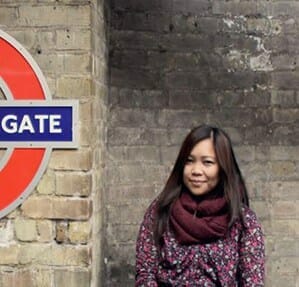It is the first time Vienna experienced rains for many days. Yes, the city partially got flooded, with parts of the train lines being shut down. But things are getting okay now. ...
prev
next
A very far throwback to my daughter's school days. ^_^ Enjoy your first day of school, dear kids! ... Continue ...
There's about 1,700 bridges in Vienna, but I couldn't take a photo of the more popular ones before theme day, so ...
Always a lovely disarray.
Old Town and Carriage
19.8.24
Vienna's old town is a picturesque area, you can walk around in tirelessly. The area is a maze of narrow, winding ...
"Life and Death" is a painting by Gustav Klimt, created in 1910 and later revised in 1915. It is one of Klimt's later ...
About me

(^By Notting Hill Gate)
I enjoy both travel and photography. Although I haven’t been all-over the world, I try to document my journey and share it around. Here, my current hometown Vienna, a city I come to love not just for its intrinsic beauty but its overall aura of good vibes, I share bits and pieces of what to see and enjoy. -Marie Gizelle
For more stories about Vienna, please visit https://vienna101.com/
About Vienna Daily
Vienna Daily is part of Mirage Blogs - text and photos otherwise stated copyright of Mirage. No photos are to be copied, reproduced or printed without permission of the author. Please know the word 'respect.' You can learn more about https://vienna101.com/">Vienna here.
Blog Archive
Visitors
Popular Posts
-
It is the first time Vienna experienced rains for many days. Yes, the city partially got flooded, with parts of the train lines being shut...
-
There's about 1,700 bridges in Vienna, but I couldn't take a photo of the more popular ones before theme day, so here's one br...

.jpg)







.jpg)


